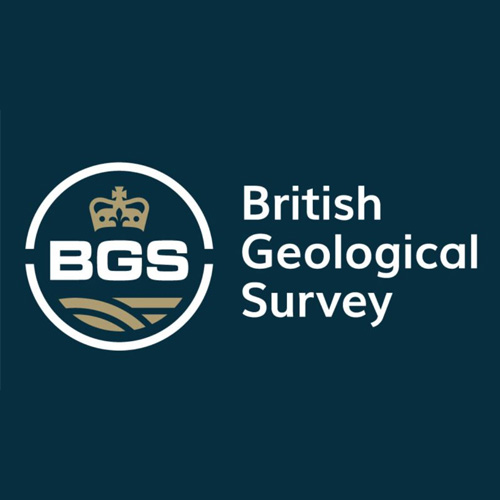Railways were among the first modern infrastructures to be impacted by space weather due to their reliance on telegraph technology for signalling purposes.
One of the earliest accounts reported the delay of a train from Exeter (UK) during a geomagnetic storm in the 1840s, and the astronomer Walter Maunder, reported interference with railway signalling equipment during the geomagnetic storm of November 1882. The storm of May 1921 had such an extensive impact on the operation of railway operations in New York State that it has been dubbed the “New York Railroad storm”. Modern signalling has moved away from telegraph-based systems, but contemporary technologies are not immune from geomagnetically induced currents (GIC).
Track circuits are one of the main systems used to detect trains along a section of railway line and prevent other trains from entering that section. They rely upon an electrical circuit in which the train’s axles close a current loop between the rails but are vulnerable to interference from stray currents induced in the rails. There is recent evidence of anomalies in such signalling systems that coincided with the occurrence of geomagnetic-storm conditions in Swedish and Russian rail operations. However these impacts may not be limited to infrastructure at high latitudes. GICs are a threat to mid- and low-latitude regions since severe and extreme space weather events push geomagnetic disturbance equatorward. However, the risks to rail systems remain uncertain. For example, it is unclear how likely GIC are to induce wrong-side (i.e. safety critical) failures in such systems and we have yet to experience the impact of a reasonable worst-case scenario, such as the 1859 superstorm known as the “Carrington Event”, on modern rail systems.








.jpg)